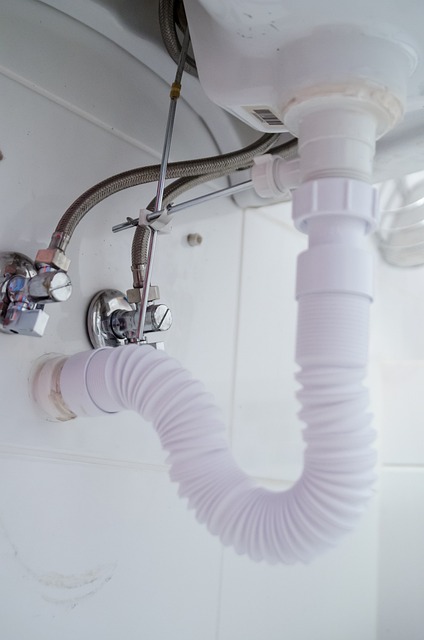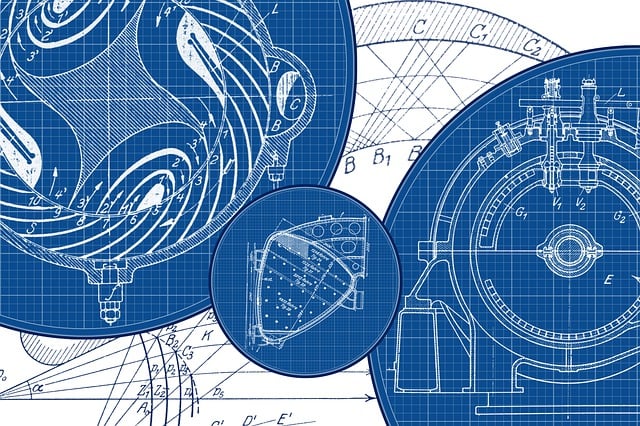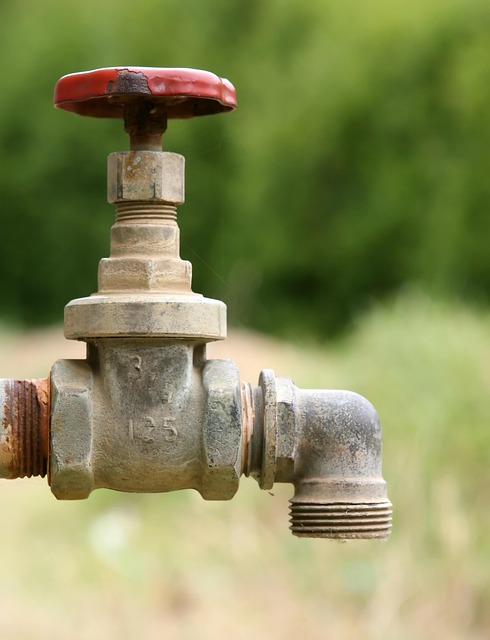Homeowners facing persistent toilet flooding and rising water bills should address root causes, such as leaky flappers, improper flush mechanisms, or high water pressure. Regular maintenance, including annual flapper checks and prompt leak repairs, prevents costly repairs. DIY methods like plunging or vinegar flushing tackle basic issues, while complex problems require professional plumbers. Eco-friendly cleaning products reduce utility costs and environmental impact associated with common plumbing issues.
Is your toilet constantly running, driving you crazy? Understand why this happens by exploring the most common plumbing issues behind the persistent flow. From leaky flappers to faulty floats, this article deciphers the root causes of a running toilet and offers practical solutions for DIY repairs. Learn how to identify problem areas, implement preventive measures, and stop unnecessary water wastage. Get ready to tackle those recurring toilet troubles like a pro!
Understanding the Toilet's Constant Run: Identifying the Root Causes

Many homeowners are left scratching their heads when their toilet seems to run non-stop, leading to persistent flooding and increasing water bills. Understanding why this occurs is the first step in fixing the issue. The constant flow isn’t always a result of a leaky flapper, though that is one of the most common plumbing issues with toilets. It could be due to an improper flush mechanism, faulty parts, or even high water pressure. By identifying the root cause, you can effectively address and resolve this annoying problem. Regular maintenance and quick troubleshooting techniques can help prevent such scenarios from occurring in the first place.
Common Plumbing Problems and Their Solutions

Toilets that run incessantly often signal underlying common plumbing issues. One of the most frequent culprits is a leaky flapper valve, which allows water to continuously flow into the bowl. This simple fix involves replacing the flapper, a relatively inexpensive and easy DIY project. Another common problem is an improperly adjusted float ball, leading to overfilling and constant running. Adjusting or replacing this component can resolve the issue quickly.
Beyond these basics, common plumbing problems may include clogged drains, low water pressure, and pipe corrosion. Clogs can be cleared with a plunger or drain snake, while mineral deposits or rust buildup often cause low pressure. Regular maintenance, such as flushing with vinegar to remove buildup, can prevent many of these issues. For more complex problems like broken pipes or main line clogs, professional plumbers are essential for effective and long-lasting solutions.
Preventive Measures to Avoid Repeated Toilet Issues

Toilet issues can be frustrating and costly if left unattended. To avoid repeated problems, prevent is key. Regular maintenance is the first line of defense against common plumbing issues like a running toilet. Check your toilet flapper at least once a year; this moving part is often the culprit behind a persistent runnling toilet. A simple replacement could save you from frequent repairs.
Additionally, keep an eye on any leaks around the base of your toilet. Even tiny drips can lead to significant water waste and higher utility bills over time. Using the right products for cleaning and avoiding harsh chemicals can also prevent damage to your plumbing system, fostering a healthier environment for your toilet (and your wallet).
Toilet problems can disrupt your daily routine, but understanding common plumbing issues is the first step towards effective solutions. By identifying the root causes of a running toilet—from leaky flappers to faulty float valves—you can tackle these issues head-on. Regular maintenance and preventive measures, such as adjusting water levels and sealing leaks, can significantly reduce repeated problems. Remember, addressing these minor inconveniences promptly prevents more serious and costly plumbing headaches down the line.
